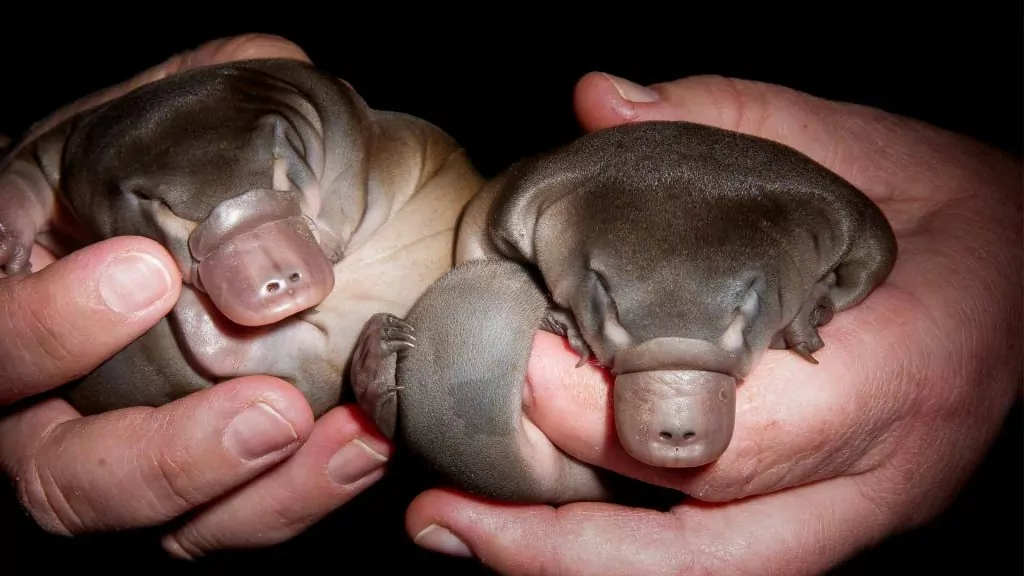An internationally recognized rodent has become our northern nation’s emblem, but more importantly, the curious nature of this creature highlights the creativity of its Creator.
*****
Most Canadians are rightly proud of the beaver, their iconic national emblem. Indeed, the beaver is a remarkable animal with exceptional talents! Its lifestyle is made possible not only through the wonderful design of its body, but also through in-built skills. The fact is that beavers are the only animals anywhere which can change the landscape to suit their own needs and desires.
Bigger and biggest dam
The skill of beavers at dam building is legendary wherever they live. Prior to 2010, a beaver dam in Montana (USA) was the largest such structure known. It was 652 meters long, 4.3 meters tall and 7 meters thick at its largest extent. For our imperial friends, that’s 2,140 feet long, 14 feet high and 23 feet wide!
However, the Montana beavers’ claim to fame ended when scientists looking for evidence of climate change, scanned satellite images of Canada’s far north lands. These scientists were not looking for beaver dams. Such a thing had never been visible from space. But now they observed a beaver dam in Wood Buffalo National Park in Alberta. First visible (in retrospect) in a Landsat 7 image from 1990, in a 2004 image, the beaver dam appeared to be 850 meters or 2,790 feet long.
Jean Thie, a remote sensing specialist, first noted the artifact in a satellite image taken in July 2004, but he did not make his identification until 2007. Eventually, in 2009, Parks Canada was informed of the situation. Thus, it was not until 2010 that Parks Canada released a statement to the world. The terrain is so boggy that nobody can access the site, but aerial reconnaissance has confirmed its existence. The dam must be about 35 years old, built and maintained by generations of beavers.
To avoid being tasty treats…
Beavers are engineers and builders. With only their teeth and front paws, they change landscapes so that a safe home can be built and enough food harvested and stored for winter. The lodges/homes are large and conspicuous, often about 5 meters in diameter and 2 meters high. Animals as large and tasty as beavers would surely be a popular meal for predators if all the hunter had to do was wait by the lodge until the beaver came home. Obviously, hidden entrances are essential to survival.
So what the beavers do is to locate the lodge in the center of a body of water. Then the entrances are hidden underwater, well shielded from the view of predators like wolves. Since the beavers are active throughout the year, they must be able to come and go from their lodge even in winter. Since most small bodies of water freeze at that time, the beavers need to find ponds and streams deep enough so that some liquid water remains below the ice. Since such deep locations are hard to find, the beavers instead change shallow bodies of water into deeper locations. This is where the amazing dam-building skills of the beaver are called into play. First of all, the beavers must select a suitable location for their dam. It is the sound of trickling water that stimulates the beaver to plug the flow. The point that the beavers typically choose is where the noise of moving water is the greatest and the flow rate is fastest.
Beavers are not committed to any one style of dam. They build whatever it takes to block the flow of water. A sluggish flow of water calls for a very wide dam, as we see in Wood Buffalo National Park. When the current is strong, however, the dam is built with a convex curve in the upstream direction so that it best resists the pressure of the water. The beavers instinctively know how to compensate for stress and strains of the water pushing against the structure. These animals even build outlet sluices for disposal of overflow water. The construction, after all, must not flood the lodge during times of higher-than-normal rainfall. The beavers always make the right engineering choices.
Born landscapers
The beaver are certainly unique in their water management capabilities. These animals do not learn their building skills from their elders. They just know them. In Europe, beavers were hounded almost to extinction and for generations had no opportunities to use their talents, but now, once again they are displaying their full architectural expertise.
In parts of the American West such as Washington, Oregon and Utah, beavers are increasingly being deployed as effective, low cost agents to restore watersheds. Beaver dams and ponds restore complexity to the landscape, slowing the flow of water and sediment and restoring fish habitat.
Besides brainpower, each beaver needs the physical ability to actually build dams. These large animals, distinctly rotund in shape, weigh between 16 and 32 kilograms as adults (or 35 to 70 pounds). They look awkward on land but quite the opposite in water. Their fully webbed hind feet, transparent membranes that protect their eyes and special valves in the nostrils and ears all facilitate underwater activities. The oxygen holding capacity of their red blood cells also must be impressive since they are able to spend as much as 15 minutes submerged. So don’t hold your breath waiting for a diving beaver to re-appear!
The beavers’ front paws are small and delicate, without webs. They function almost like hands. They are able to carry objects such as sticks, stones or mud in their hands and they manipulate these into place in the course of their building activities.
Tremendous teeth and quite the pair of lips
The beaver begins his dam by laying sticks and rocks in the streambed at the desired location. Lots of timber is required for this project. Here, too, the beaver is appropriately equipped for his task. His front teeth are hardened with a dark orange enamel (not pretty, but effective). The teeth grow continuously and the outer tips grind against each other. This keeps the cutting edges chisel-sharp. With these tools, beaver can easily fell trees 30 centimeters or even twice that (1 or two feet) in diameter. The trees are used in building operations, and as sources of twigs, bark and leaves for food. Another interesting feature of beaver mouths is the fact that their lips can be closed behind their front teeth. Thus, while submerged, they can chew without choking on sawdust or water. This gives a whole new meaning to the expression “My lips are sealed”!
So, people pursue their agendas and beavers fell trees and flood the landscape. We may find beaver activities expensive and annoying at times. On other occasions, we greatly appreciate their work. Wherever they are, we must admit they are beautiful animals. Canada’s national emblem is characterized by skill, initiative and lots of energy. It’s fun to watch them in action. We do not always realize that God confers on some animals amazing behavior patterns which enable them to follow unique lifestyles. Such is the beaver. All peoples, near or far from Canada, who appreciate wonderful design, will surely see the hand of God in the creation of Castor canadensis.
Dr. Margaret Helder is involved in headSTART.create.ab.ca an online tool that defines scientific terms from a creationist perspective, highlighting the 100+ most important ones like convergence, Junk DNA, Horizontal Gene Transfer, and the Framework Hypothesis. It’s designed for high school students but useful for their parents too, so be sure to check it out! And also be sure to check out this 10-minute clip on beaver lodge creation.















